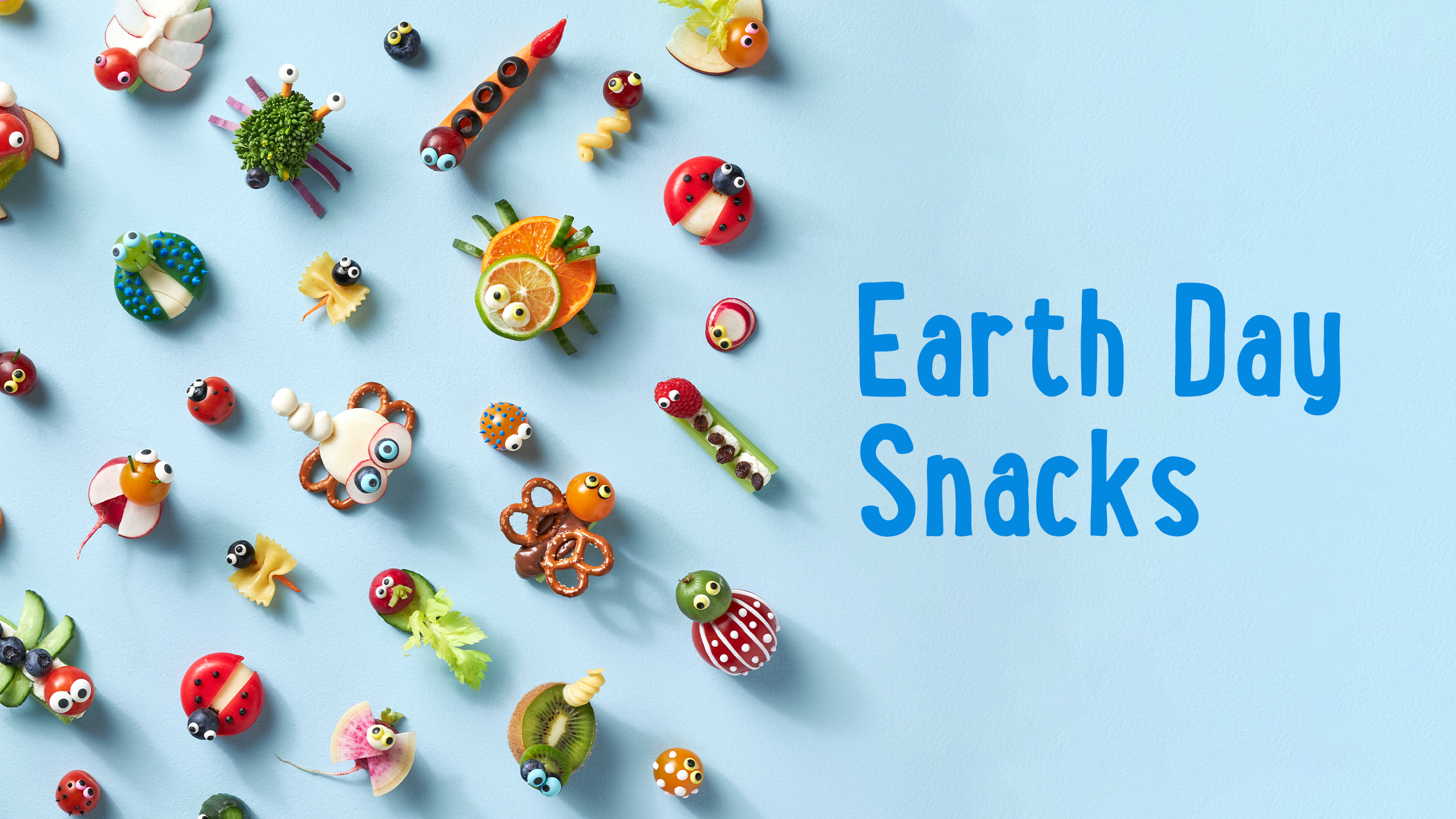A trip to the grocery store can be overwhelming, especially when you’re on a mission to revamp your lunchbox with healthier options. The key to packing a better lunchbox is to look for nutrient dense foods that are better for learning, boosting the immune system, and avoiding glycemic roller coasters. When it comes to packaged foods, you’ll want to look for items that contain healthy fats, fiber, and plenty of protein, but without processed additives and simple carbs.
When reading a nutrition label, ingredients are listed from the highest to the smallest amount used,so the more the ingredient is used, the higher on the list it will appear. Basically the first three ingredients are what make up most of the product, so pay special attention to these three!
Here’s what to look for:
ADDED SUGAR
Too much sugar can have a negative effect on learning, performance, and memory. While sugar provides a quick energy spike, it isn’t sustainable for school performance. As with anything, moderation is essential! Generally 5% daily value on a label is considered quite low.
On a nutrition label, sugar has many names! Look for: cane sugar, high fructose corn syrup, corn sugar, fruit concentrate, malt syrup, maple sugar, beet sugar, turbinado, dextrose, glucose, lactose, sucrose, maltose, sorbitol, xylitol, etc.
Less processed sugars are better for you and the environment, which includes: honey, maple syrup, date sugar, coconut sugar, and molasses.
FATS HIGH IN OMEGA 6’s
Many packaged foods and popular snacks contain some kind of oils, particularly those that are high in Omega-6 fatty acids, which aren’t heart healthy. While our bodies need fats to absorb nutrients and help us feel satiated, it’s best to consume snacks that contain less saturated fats and more monounsaturated and polyunsaturated fats. Generally we want to choose foods with a 5% or less daily value in saturated fats.
Saturated and trans fats include: Partially hydrogenated oils, palm oil, soybean, corn, cottonseed, rice bran
Better for you options include: olive, avocado, walnut, grapeseed, flaxseed, sunflower, safflower, sesame, canola, and vegetable oils
REFINED GRAINS
The refining process removes the outer bran and germ layers of grains, which also happens to be where many essential nutrients, such as fiber, vitamins, and minerals, are found. As a result, refined grains are often lower in nutritional value compared to whole grains which provide more sustained energy throughout the school day.
Most refined grains are enriched, meaning nutrients are added back in after processing, but without the fiber. Whole grains are a better option as they contain complex carbohydrates and proteins for sustained energy. Anything made with sprouted grains is especially rich in nutrients and easier to digest.
Refined grains can be listed as: whole wheat,white flour, enriched wheat flour, corn meal, potato starch, durum flour, semolina flour
Better flours: whole grain, barley, rye, spelt, quinoa, oat, amaranth, millet
By following this formula, your lunchbox will effortlessly be filled with nutrient dense foods:
- Add 1 fresh fruit: grapes, apple slices or rings, melon balls, berries, oranges or clementines, pomegranate seeds, kiwi, mango, etc.
- Add 2 vegetables: carrot sticks, cucumber coins, broccoli, bell pepper slices, grape tomatoes, peas, string beans, asparagus, etc.
- Add 1 healthy protein: beans, edamame, nuts, seeds, nut butter, hummus, turkey or chicken slices, hard boiled egg, tofu, etc.
- Add 1 whole grain: whole grain pasta, sprouted bread and crackers, brown rice, quinoa, farro, oats, barley, bulgur, or other whole grain baked goods.
Lastly, note that nobody is perfect but we can always strive to be better! Little steps can set your kids up for a lifetime of wholesome habits.









Leave a comment
This site is protected by hCaptcha and the hCaptcha Privacy Policy and Terms of Service apply.